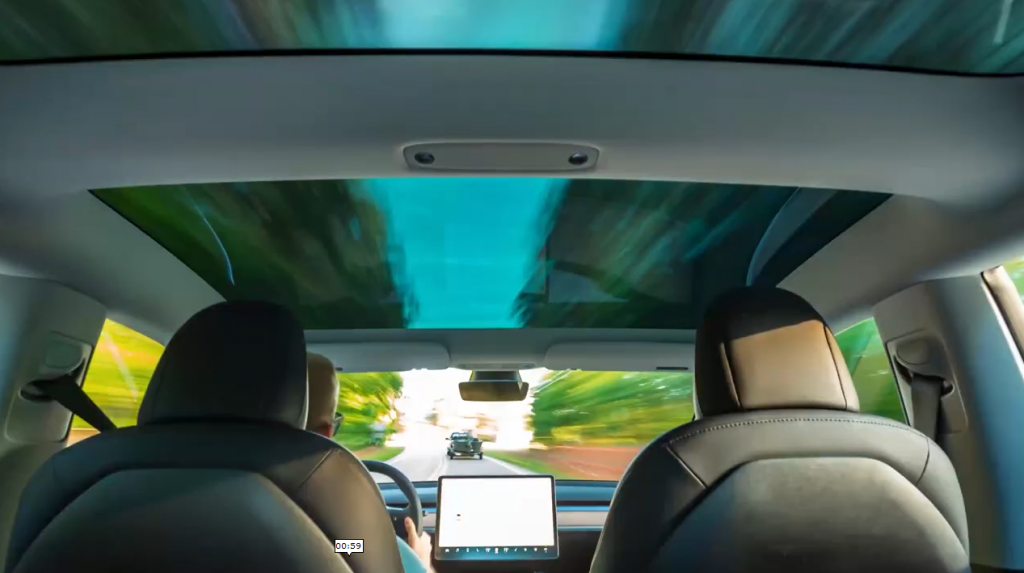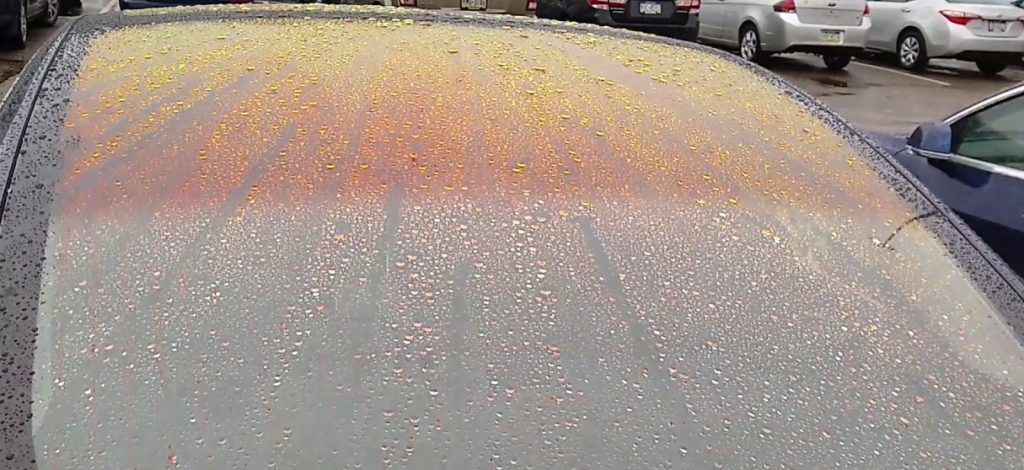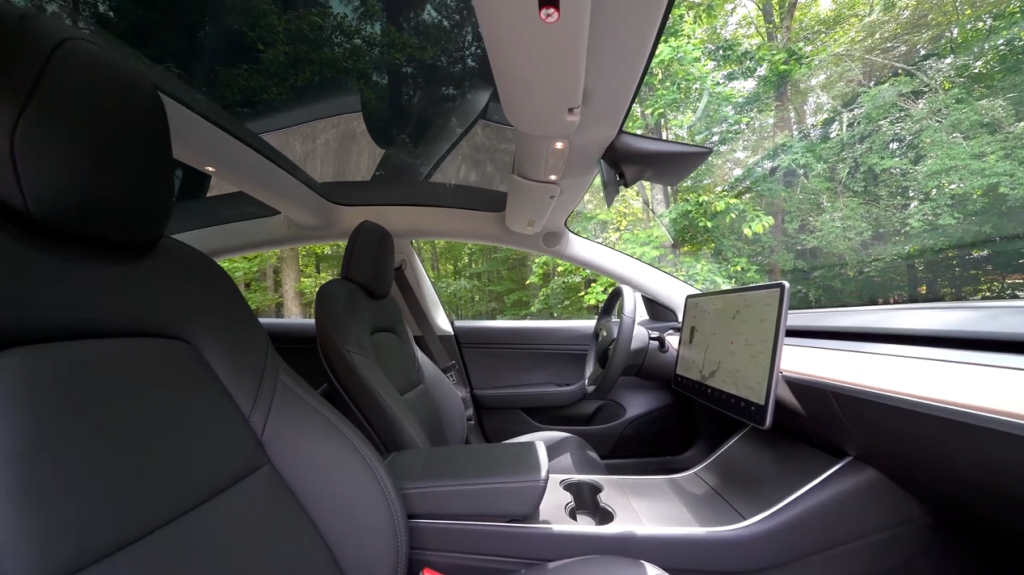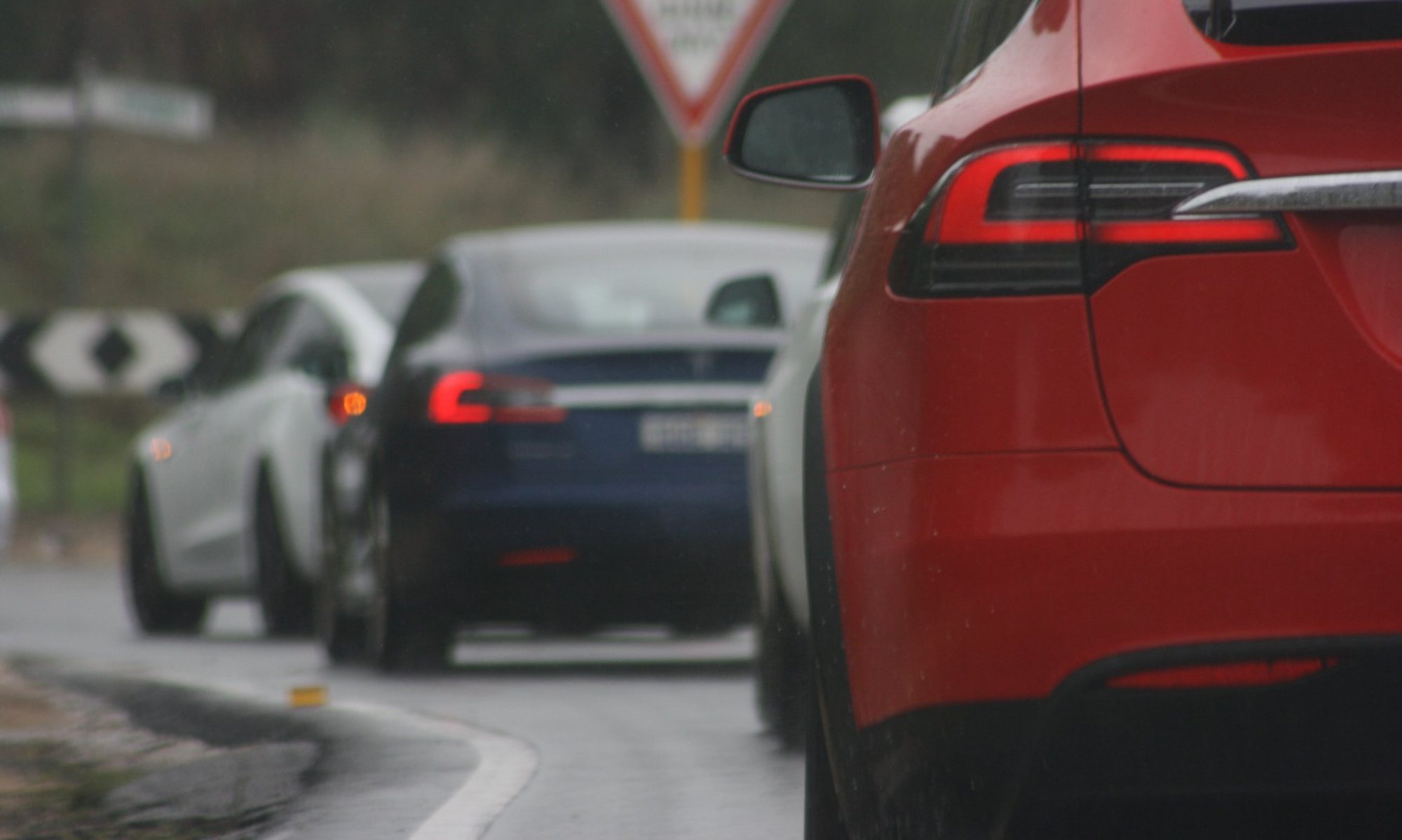Written by Nigel Farrier
There has been a lot of discussion going around about how the glass roofs on cars cause the car to get too hot making the air conditioning useless. Also people wonder about getting sunburnt through the glass roof.

As a (retired) medical practitioner as a skin cancer specialist and a scientist I can answer all these questions and more.
1 Ultraviolet light.
Lets first discuss UV radiation. There are basically 3 types of UV – UVA, UVB and UVC. The latter is the most damaging of all. UV light is one the electromagnetic spectrum with shorter wavelengths than visible light. UVA is the closest to visible light.
Fortunately UVC, whilst being the most damaging, is completely absorbed by the atmosphere so none ever reaches our skin. UVB is the middle group and is the one that causes sunburn. UVA has the longer wavelength and is assocaited with skin aging.
So what about glass? Remember that not all glass is equal so this is a generalisation. Glass is designed to let light through so UVA, being closest to the visible spectrum, can penetrate glass but only about 60% actually gets through. Fortunately UVB is totally absorbed by glass.
Glass fitted to the front windscreen of cars lets through UVA as above. A lot of side windows are slightly tinted in modern cars so a much larger proportion of the UVA is absorbed. Roof glass, certainly on the Teslas, is coated with a variety of filters that blocks most of the UV light. According to Tesla the roof absorbs at least 99% of all UV radiation. So it will not cause sunburn and little to no skin aging. You would have to sit in your car in bright sunshine constantly for at least 100 days to get the same UV dose as standing out in the sun for 1 day. Quite insignificant.

2 Infrared light.
At the other end of the visible spectrum is red and beyond that infrared and just as UV is divided into 3 bands so is infrared. Unfortunately is is not named as easily as UV but near, middle and far infrared. Near IR is the closest to visible red.
So does IR get through glass? Well once agin the answer is that depends. IR is a form of light, not heat. The heat is transferred by molecules vibrating.
So as before the near IR wavelengths are let through by glass as they are closest to the visible bands. The energy from near IR is too large to excite atoms in molecules from vibrating.
The middle band of IR is often referred to as thermal IR. This band will cause molecules to vibrate and ‘heat’ up (actually generate heat). This radiation is strongly absorbed by matter (glass in this case) so does not get through. But it will heat up the glass. Far IR is the same although has a lower energy state.
The glass on Tesla motor vehicle roofs has several coatings to absorb a lot of this energy before it enters the cabin. As already stated virtually no UV gets into the cabin and the IR is absorbed by the coatings and the glass in the roof. This does cause it to heat up which can then radiate that heat into the cabin (and out into the atmosphere as well).
As an interesting experiment try using an infrared camera to look at items through a glass window. You wont get a very clear picture at all even with the IR LEDs that a lot of security cameras have.
So there we have it. Certainly do not panic about the UV radiation through the glass roof. With regard to the infrared yes it will slowly heat up the glass and then the interior of the car. So does a metal roof. It heats up in the sun and radiates the heat into the car and the car heats up.

So what can we do to prevent this? Most people rush out and buy shades for the roof, put on tinting and so on. Lets cover these ‘solutions’.
Window tinting – from an aesthetic point of view a lot of people really like tinted windows and I can understand that. But it does not make much difference to the IR heating up the windows which then gets radiated into the cabin. It also make ZERO difference to the amount of UV getting in in modern cars. If you want window tinting that’s fine. Do it.
Roof tinting – there was some problems in the early days of putting the tinting on the inside of the roof causing the roof glass to crack. That may have been solved now but personally I am still hesitant about putting tinting on the inside. The glass roof still gets hot.
There is a ceramic coating that can reflect some of the IR light and this is put on the outside and probably helps a bit but it needs to be replaced after some years.
The Tesla glass roof already has at least 3 layers of coating on it to prevent a lot of the problems (hence the problem that some people think the roof is rusting due to an orange hue it got).
Inside roof shades – these are similar to the windscreen shades that a lot of people use. They still dont stop the roof glass from getting hot and several makes actually impede the view from the rear windscreen as they hang down at the back.
What is the answer then? Here are my tips for an enjoyable experience in your Tesla.
Firstly leave the air conditioning on when you leave the car in the sun. You have almost certainly used it whilst driving to where ever you needed to go so it has already done its job of cooling down the interior. For it to keep the interior at that temperature it will use less energy to maintain it than it does to get it down to that temperature.
This is a really great idea if you are parked up at a charger and plugged in as the power from the charger is used to keep the car cool rather than the battery pack providing you are not plugged in to a 10amp socket as the air conditioning may need more power than that can provide so some battery use may happen.
If you are leaving your vehicle parked always try and put it in the shade with or without leaving the air conditioning running,
If you are leaving your vehicle parked for quite a while (and its in the shade) you can leave the air conditioning set to keep the cabin below about 40 degrees C using the cabin overheat protection mode.
Still dont want to do any of this? Why not just turn on the air conditioning from your Tesla app on your phone giving it enough time to cool the cabin for your arrival?
None of these will work once the battery state of charge falls to below 20% (neither will sentry mode).
Whilst on this subject of air conditioning I would also like to cover some of the misunderstandings regarding what is in a Tesla. I must admit for the first few months of ownership I was convinced the air con was not very good until I found out a few things (such as leave it running).
During the hot weather I have mine set at about 22.5 deg C and on AUTO (experiment to find your own preferred settings). It works fine. You wont feel a blast of cold air on your face as in other vehicles as they have small outlets that can be directed at your face. Teslas don’t do that. You can direct the vents towards you but you wont feel it and this is why a lot of people say the air con is useless. Its not. The cabin gets down to its temperature very efficiently and the fan (when on auto) slows down.
I leave mine set to auto and let the car take care of the interior itself. You have just been used to something different and therefore feel its not as good. It is.

In summary then. You wont get sunburnt from the UV. The roof glass will get hot so don’t keep touching it. Try touching the metal roof of any car that is out in the sun. You will burn your hand just the same. Tint the windows if you want to for aesthetic reasons (and it may decrease slightly the UVA getting in through the side windows). Before you go out and spend a lot of money of roof tinting, shades etc before you have taken delivery (I know several people that do this) just try it out first.
I sit with my completely bald head only 2 inches from the roof and even in the 40 degree heat we get here I do not feel the need for anything except my cars air con.

